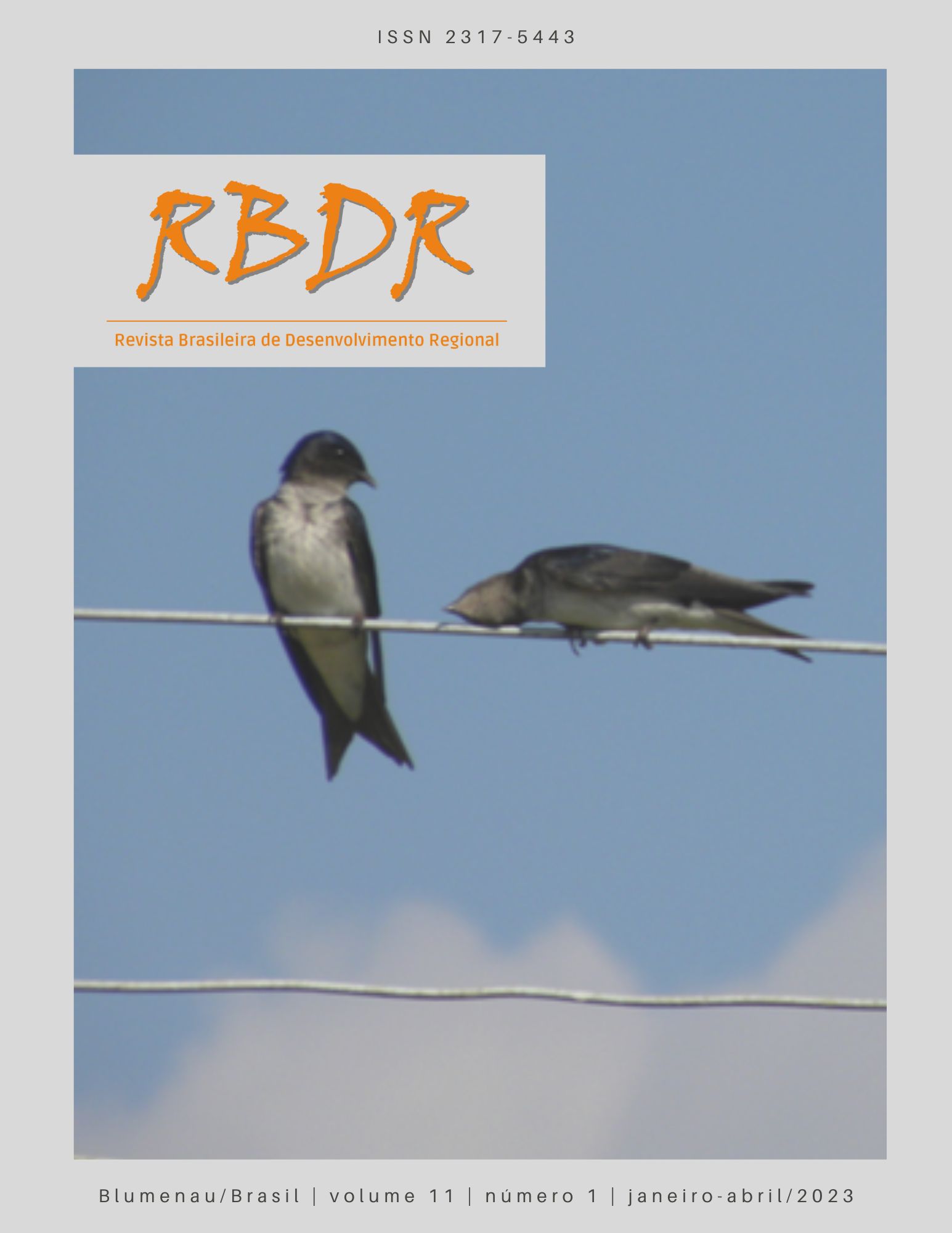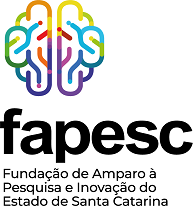O PRONAF na quarta colônia de imigração italiana do Rio Grande do Sul
DOI:
https://doi.org/10.7867/2317-5443.2023v11n1p269-290Palavras-chave:
Agricultura familiar, Safra, Crédito rural, Commodities.Resumo
O Programa Nacional de Fortalecimento da Agricultura Familiar (PRONAF), além de ser um marco de reconhecimento da agricultura familiar, é uma política pública que fomenta essa categoria social. O presente estudo buscou analisar a distribuição do crédito custeio nos municípios de Nova Palma e Pinhal Grande no período de 1999 a 2019. A pesquisa realizada foi quantitativa, de caráter descritivo, realizada por meio de levantamento bibliográfico e análise de dados secundários, estes obtidos via sítio oficial do Banco Central do Brasil. Como principais resultados, tem-se que, no período considerado, foram acessados R$ 593,9 milhões de crédito custeio pelos agricultores de Nova Palma e Pinhal Grande. Nos dez primeiros anos de análise, tanto em Nova Palma como em Pinhal Grande, as duas culturas que registraram maior número de contratações foram milho e feijão; nos últimos dez anos, foram a soja e o milho. Isso mostra que o PRONAF tende a fomentar a produção de commodities. Ademais, a partir de 2014 houve redução nos recursos disponibilizados, indicando que o PRONAF teve em Nova Palma e Pinhal Grande o mesmo comportamento que em nível nacional.
Downloads
Downloads
Publicado
Como Citar
Edição
Seção
Licença
Os direitos autorais para textos publicados na Revista Brasileira de Desenvolvimento Regional são do(a) autor(a) e co-autor(a/es), com direitos de primeira publicação para a revista. Por aparecerem neste periódico de acesso público, os textos são de uso gratuito, com atribuições próprias, em aplicações educacionais e não-comerciais. A RBDR permitirá o uso dos textos publicados para fins não-comerciais, incluindo o direito de envio para bases de dados de acesso público. Os textos publicados são de integral e exclusiva responsabilidade do(a) autor(a) e co-autor(a/es).
• O(a) autor(a) e co-autor(a/es) autoriza(m) a publicação do texto na revista;
• O(a) autor(a) e co-autor(a/es) garante(m) que a contribuição é original e inédita, e que ela não se encontra em avaliação em outra(s) revista(s);
• A revista não se responsabiliza pelas opiniões, ideias e conceitos emitidos nos textos, por serem de inteira responsabilidade do(a) autor(a) e co-autor(a/es);
• É reservado aos editores o direito de promover ajustes textuais e de adequação do texto às normas de publicação;
• O(a) autor(a) e co-autor(a/es) declaram que o texto não é objeto de quaisquer conflitos de interesse.





